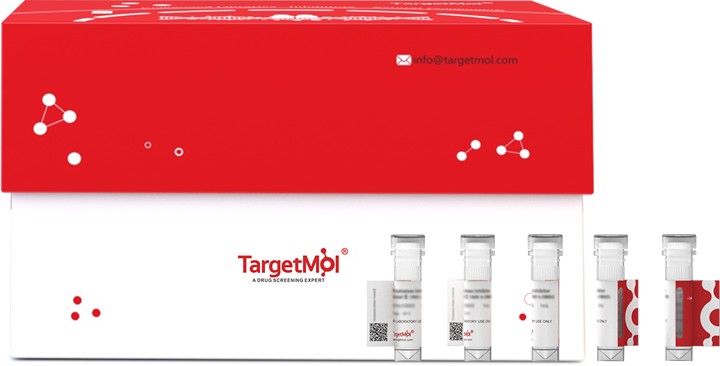Shopping Cart
Remove All Your shopping cart is currently empty
Your shopping cart is currently empty
FLP1 Protein, S. cerevisiae, Recombinant (His) is expressed in E. coli expression system with N-6xHis tag. The predicted molecular weight is 54.1 kDa and the accession number is P03870.

| Pack Size | Price | USA Warehouse | Global Warehouse | Quantity |
|---|---|---|---|---|
| 5 μg | $105 | 20 days | 20 days | |
| 10 μg | $169 | 20 days | 20 days | |
| 20 μg | $283 | 20 days | 20 days | |
| 50 μg | $428 | 20 days | 20 days | |
| 100 μg | $590 | 20 days | 20 days | |
| 200 μg | $913 | 20 days | 20 days | |
| 500 μg | $1,620 | 20 days | 20 days | |
| 1 mg | $2,530 | 20 days | 20 days |
| Biological Activity | Activity has not been tested. It is theoretically active, but we cannot guarantee it. If you require protein activity, we recommend choosing the eukaryotic expression version first. |
| Description | FLP1 Protein, S. cerevisiae, Recombinant (His) is expressed in E. coli expression system with N-6xHis tag. The predicted molecular weight is 54.1 kDa and the accession number is P03870. |
| Species | Saccharomyces cerevisiae |
| Expression System | E. coli |
| Tag | N-6xHis |
| Accession Number | P03870 |
| Synonyms | Site-specific recombinase Flp,Protein Able,FLP1,FLP |
| Amino Acid | MPQFGILCKTPPKVLVRQFVERFERPSGEKIALCAAELTYLCWMITHNGTAIKRATFMSYNTIISNSLSFDIVNKSLQFKYKTQKATILEASLKKLIPAWEFTIIPYYGQKHQSDITDIVSSLQLQFESSEEADKGNSHSKKMLKALLSEGESIWEITEKILNSFEYTSRFTKTKTLYQFLFLATFINCGRFSDIKNVDPKSFKLVQNKYLGVIIQCLVTETKTSVSRHIYFFSARGRIDPLVYLDEFLRNSEPVLKRVNRTGNSSSNKQEYQLLKDNLVRSYNKALKKNAPYSIFAIKNGPKSHIGRHLMTSFLSMKGLTELTNVVGNWSDKRASAVARTTYTHQITAIPDHYFALVSRYYAYDPISKEMIALKDETNPIEEWQHIEQLKGSAEGSIRYPAWNGIISQEVLDYLSSYINRRI |
| Construction | 1-423 aa |
| Protein Purity | > 85% as determined by SDS-PAGE. |
| Molecular Weight | 54.1 kDa (predicted) |
| Endotoxin | < 1.0 EU/μg of the protein as determined by the LAL method. |
| Formulation | Tris-based buffer, 50% glycerol |
| Reconstitution | A Certificate of Analysis (CoA) containing reconstitution instructions is included with the products. Please refer to the CoA for detailed information. |
| Stability & Storage | Lyophilized powders can be stably stored for over 12 months, while liquid products can be stored for 6-12 months at -80°C. For reconstituted protein solutions, the solution can be stored at -20°C to -80°C for at least 3 months. Please avoid multiple freeze-thaw cycles and store products in aliquots. |
| Shipping | In general, Lyophilized powders are shipping with blue ice. Solutions are shipping with dry ice. |
| Research Background | Part of the plasmid amplification system, which corrects any decrease in copy number caused by a rare missegregation event. Catalyzes the recombination between the large inverted repetitions of the 2-micron plasmid during plasmid replication. This recombination event changes the direction of one of the two replication forks in the bidirectionally replicating molecule, effectively resulting in multiple rounds of replication from a single initiation event. Binds specifically to the FLP recognition target (FRT) site where it induces DNA to bend. Three types of bend exist. Type I is approximately 60 degrees and results from 1 FLP molecule binding to 1 symmetry element. Type II is >144 degrees and results from FLP molecules binding to symmetry elements a and b. Type III is approximately 65 degrees and results from FLP molecules binding to symmetry elements b and c. |
| Size | Quantity | Unit Price | Amount | Operation |
|---|

Copyright © 2015-2026 TargetMol Chemicals Inc. All Rights Reserved.